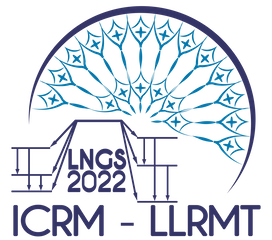Speaker
Description
Science-based decision making crucially depends on the quality of the metrology from which it derives its information. Measurements with incomplete uncertainty budgets can lead to a misinterpretation about the phenomena under investigation, sometimes with fundamental implication in science and policy making. One of the most persistent misunderstandings in radionuclide metrology is the assertion that cyclic variations in measured decay rates are caused by decays induced by space weather phenomena, in particular by neutrinos emitted from the sun or dark matter. Some authors are adamant in their claims that the observed violations of the exponential-decay law cannot be attributed to environmental conditions in the laboratory. However, using historical weather data available on meteorological websites, a link with terrestrial weather could be established for many infamous experiments.
Whereas temperature and radon decays are among the expected influencers of nuclear counting, it was found that ambient humidity is often the overlooked culprit. The ambient air humidity easily enters ventilated rooms, also in temperature-controlled laboratories, and affects the air density and the behaviour of detectors and their electronics. In this work, an overview is given of radioactivity measurement series that show a correlation with humidity. The accuracy of the most precise radioactivity measurements would benefit from a correction for humidity effects and an appropriate uncertainty estimate to avoid erroneous interpretations. For example, it would be beneficial to counteract the high error propagation factor of such environmental influences on half-life measurement results. It is a well-established fact that published half-life uncertainties are sometimes underestimated by one or two orders of magnitude because the authors fail to make a distinction between random statistical count rate variations and slowly varying instabilities of the measurement conditions.

